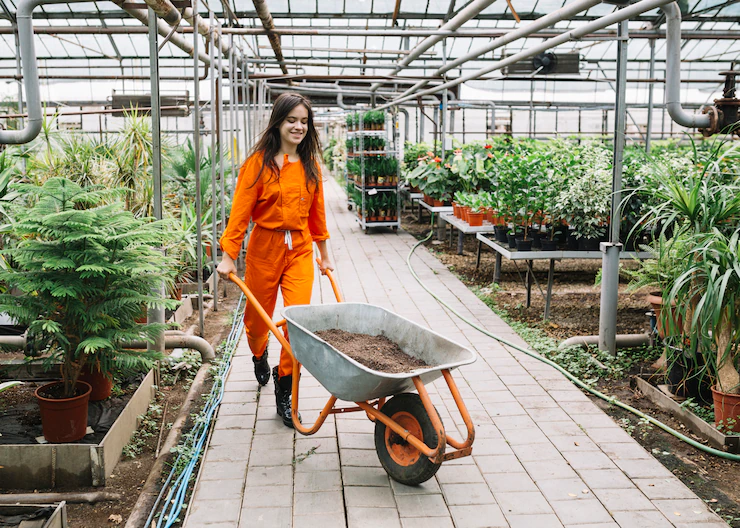Gardening In Raised Beds: All You Need To Know

Raised bed gardening is becoming increasingly popular, especially for those with limited space or poor soil quality. It involves growing plants in beds that are elevated from the ground, which offers numerous benefits. This article will elaborate on everything you need to know when you’re in the market to buy raised garden beds, including the advantages, types of raised beds, soil requirements, and tips for successful gardening.
Advantages of Raised Bed Gardening
One of the primary benefits is that it permits you to grow plants in areas where the soil is poor, contaminated, or lacks drainage. Raised beds also offer better control over the soil quality and nutrients, which can result in healthier plants and higher yields. Additionally, raised beds are easier to maintain, as they require less weeding, are less susceptible to soil-borne diseases and pests, and provide better accessibility for gardeners with physical limitations.
Types of Raised Beds
Various types of raised beds exist, including wooden, metal, plastic, and stone. Wooden beds are the most popular, as they are affordable, easy to build, and blend well with natural surroundings. Metal beds are durable and can last for many years, but they can be expensive and may rust over time. Plastic beds are lightweight, affordable, and easy to move, but they may not be as sturdy as wooden or metal beds. Stone beds are aesthetically pleasing and durable but can be costly and challenging to install.
Soil Requirements
Raised bed soil should be a superior growing medium that is nutrient- and organic-rich. It should be well-draining and have a pH between 6.0 and 7.5, ideal for most vegetables and flowers. Using a combination of garden soil, compost, and aged manure or fertiliser is recommended to create a nutrient-rich soil mixture. Adding mulch to the soil’s surface can help retain moisture and prevent weed growth.
Tips for Successful Gardening
To ensure successful gardening in raised beds, it’s essential to follow these tips:
- Proper bed location: Put it in an area that receives protection from high winds and at least six hours of direct sunlight daily.
- Adequate watering: Raised beds require regular watering, especially during hot, dry weather. A drip irrigation system or soaker hose can help deliver water directly to the plants’ roots.
- Crop rotation: Rotate your crops annually to prevent pests and diseases carried by the soil.
- Fertilisation: Add compost or aged manure to the soil before planting, and fertilise with a balanced fertiliser during the growing season.
- Pest control: Watch for pests and diseases, and take necessary measures to prevent or treat them. This can include using organic pest control methods, such as companion planting, handpicking, and spraying with a soap and water solution.
- Proper spacing: Ensure that plants are spaced appropriately to prevent overcrowding, which can lead to poor growth and increased pest and disease problems.
- Seasonal maintenance: Remove dead or damaged plants promptly, prune them when necessary, and prepare the bed for winter by adding a layer of mulch to protect the soil from freezing temperatures.
In conclusion, when you buy raised garden beds, there are numerous benefits, including better soil quality, increased yields, and easier maintenance. There are various types of raised beds to choose from, each with its unique advantages and disadvantages. Using a high-quality soil mixture and following proper watering, fertilisation, and pest control techniques is essential for successful gardening in raised beds. With these tips, you can create a beautiful and productive garden in your backyard.








